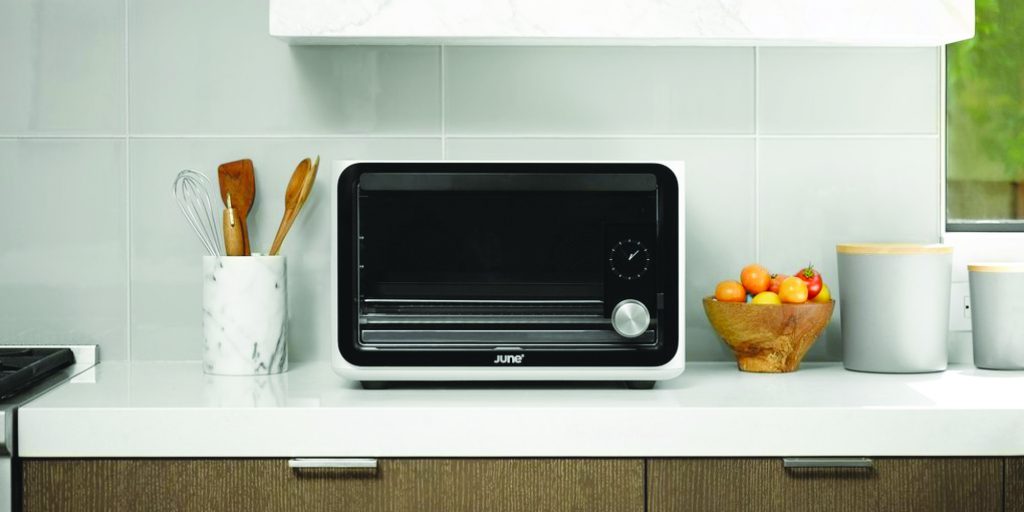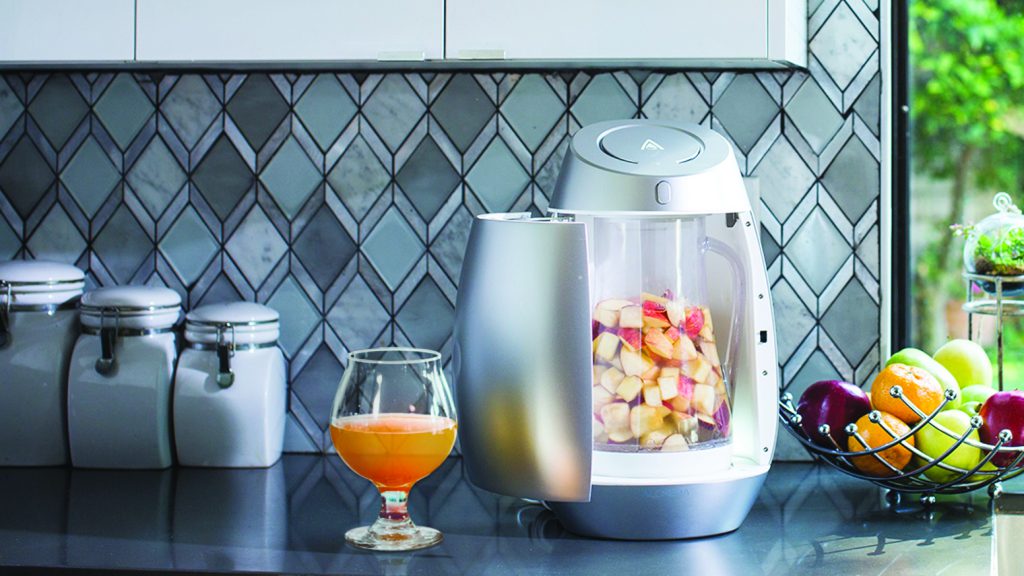By Michael Wolf
Over the past few years, appliance manufacturers have embraced the Internet of Things (IoT), making their products more connected and adding new consumer-pleasing features such as app control and notifications. However, while neat new capabilities have garnered buzz and helped raise consumer interest, these are minor compared to the resulting shifts the arrival of IoT brings to appliance business models.
That’s because added intelligence, cloud services and the ability to perform field software upgrades are combining to create a massive shift in the underlying business models undergirding the home appliance and housewares market.
And frankly, it’s about time. The traditional model of one-time, sell- through of products provides little insight into usage for both manufacturer and retailer and, perhaps worse, does little to cement a persistent relationship with the consumer. Further, the inability to create more sustainable revenue streams through commerce, upgrades and affiliate partnerships is extremely limited.
That is all changing, however, and small appliance makers are now exploring what it means to transition from the role of hardware manufacturer to service provider. Here are some of the biggest shifts we are witnessing in this new service model paradigm.
 Product Makers Are Now Content Companies
Product Makers Are Now Content Companies
Gone are the days when you can sell your kitchen appliance with a black and white, poorly designed instruction manual. Companies like ChefSteps, Anova and Whirlpool are creating compelling, content-rich app experiences that not only show the consumer how to use their products, but immerse them in rich content to answer questions, make them better cooks and build a community. Deep video libraries, interactive recipes and access to social network-powered communities give these devices new life and create stronger brand loyalty.
Programmatic Commerce is the New Shopping List
For years, small appliance makers have tried to tap into aftermarket purchasing through partnerships, private labeled products and co-marketing efforts. While these are all valid ways to expand business beyond one-time hardware purchases, the reality is consumers are increasingly turning towards programmatic commerce as a way to replenish their cupboards and help them get dinner on the table. Early efforts by brands like Nespresso to create auto-replenishment for their coffee makers are just the beginning, as companies begin to integrate with food delivery services such as HelloFresh and InstaCart to deliver fresh food on demand, while others are incorporating Dash Replenishment into their products to enable everything from detergent to soft drinks sent to their homes. Studies have shown brand affinity around packaged goods is extremely high, and by enabling on- demand delivery as part of the value of a connected device, manufacturers can begin to create a long-term, sustainable, revenue-sharing model based on connected commerce.
Appliance as a Service
Over the past decade, the subscription model has changed the way we buy everything from music to software to food. And now, the disruptive business model that’s given rise to companies such as Salesforce and Blue Apron may be coming to the world of appliances. By leveraging IoT and smart home technology, a connected-appliance-as-a-service model could soon transform the way consumers buy home appliances from primarily a transactional model to a service based one.
So how would it work? Instead of a one-time, upfront purchase of an appliance, consumers may opt to pay a modest fee every month in exchange for a fully-managed, fully-supported device. The benefits are clear on both sides of the equation. For their part, consumers get an appliance that always has the latest features and fewer service issues. Remote software upgrades, diagnostics and on-call support create a better overall experience for the consumer, ultimately creating stronger loyalty. 
For manufacturers, the long-term economic value of monthly payments in perpetuity would create greater and more predictable revenue streams. The ability to remotely upgrade and service products in the field will result in increased overall consumer satisfaction. Subscriptions can also come in the form of new revenue streams such as meal kits or replenishment services with their own products or through third parties azon.
A New World
The bottom line is while IoT-powered devices enable many significant consumer-pleasing features, the bigger opportunity for appliance makers is radically transforming the way they do business. Companies hardened in their traditional way of doing business should understand that new entrants will come into the market through embracing new and innovative business models (the home security market is an example of such a disruption). Adapting to new business models that change purchase paradigms can and will lengthen the relationship with the customer, bring a greater return on investment and help avoid being disrupted.



